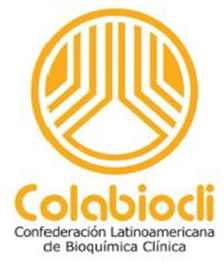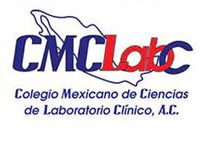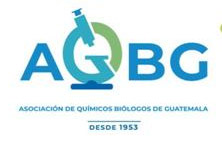Among the IFCC Tack Force objectives a literature review of laboratory medicine in geriatric populations, the preparation of a review article on the impact of ageing on laboratory medicine parameters and, in cooperation with a partner clinical organisation the completion of three specific literature based projects of importance to laboratory medicine in geriatric subjects.
Membership
Chair
- Dr. Cynthia Marie Balion. Department of Laboratory Medicine.
Members
- Prof. Giuseppe Lippi. Full Professor of Clinical Biochemistry. Section of Clinical Biochemistry. University of Verona
- Prof. Grażyna Odrowąż-Sypniewska. Chair and Department of Laboratory Medicine. Collegium Medicum Bydgoszcz
- Ferhan G. Sagin, M.D., Ph.D. Professor of Biochemistry. Ege University, Faculty of Medicine. Department of Medical Biochemistry
- Dr. Leslie M. Shaw. Hospital of the University of Pennsylvania
Aim
The TF-GLM aims to improve knowledge and understanding of key changes in physiology and pathophysiology that occur in elderly subjects and the impact that these may have on laboratory medicine parameters.
Objectives
- To conduct a literature review of laboratory medicine in geriatric populations
- To write and publish a review article on the impact of ageing on laboratory medicine parameters
- To undertake three specific literature based projects of importance to laboratory medicine in geriatric subjects. These projects will be selected in association with a partner clinical organisation and may include:
- Reference intervals for key laboratory medicine parameters
- The impact of drugs commonly prescribed to geriatric subjects on metabolism and the consequences for laboratory medicine parameters
- New biomarkers of ageing and/or specific disorders found in geriatric subjects
- Clinical guidelines for the investigation of one or more disorders occurring in geriatric populations
Cooperation
The TF-GLM will seek to collaborate with an international clinical organisation. The International Association of Gerontology and Geriatrics (IAGG) has been approached to be a partner for TF-GLM
Delivery
- TF-GLM will publish a general review on the impact of ageing on laboratory medicine parameters
- TF-GLM will publish a scientific article at the conclusion of each specific project
- TF-GLM will seek to provide speakers and symposia an international congresses of laboratory medicine and geriatric medicine
- TF-GLM will produce simple educational support materials (e.g. on-line learning module) to assist trainees in laboratory medicine to understand the impact of ageing
Accountability
The TF-GLM will report to the Executive Board through the President.
Source: www.ifcc.org



















































